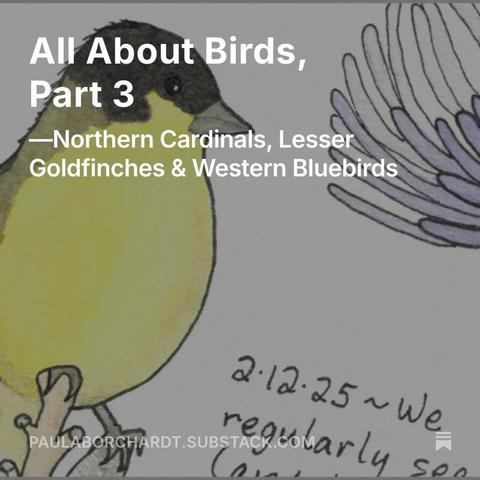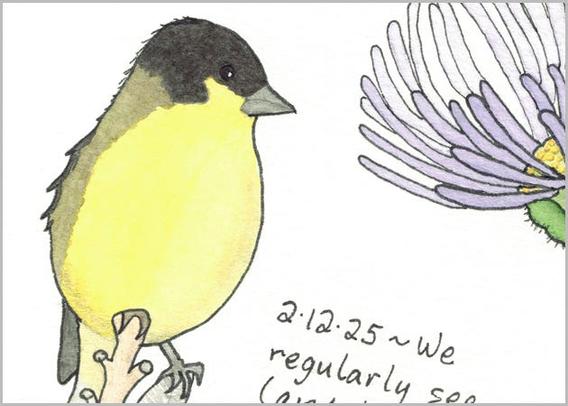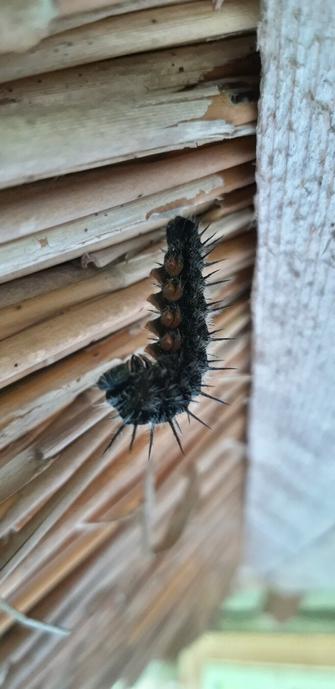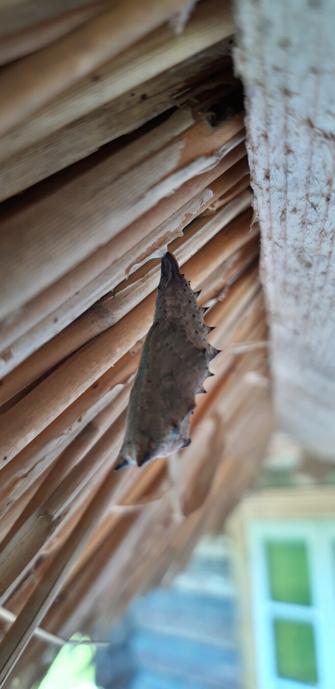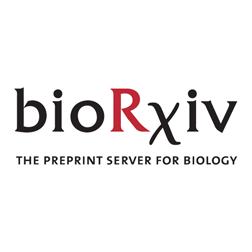https://www.biorxiv.org/content/10.1101/2025.04.10.648149v1?rss=1
#DrosophilaMelanogaster
#Drosophila #Immunity #Toll
#Pupa
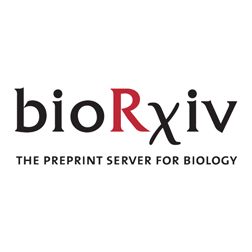
IbinA and IbinB regulate the Toll pathway-mediated immune response in Drosophila melanogaster
To combat infection, an immune system needs to be promptly activated but tightly controlled to avoid destructive effects on host tissues. IbinA and IbinB are related short peptides with robust expression upon microbial challenge in Drosophila melanogaster . Here, we show that Ibin genes are ubiquitously present in flies of the Drosophila subgenus Sophophora , where they replace a different but probably related gene, Mibin , which is found across a much wider range of cyclorrhaphan flies. Using synthetic peptides, we did not observe any direct bactericidal or bacteriostatic activity for either IbinA or IbinB in vitro. Using mutant Drosophila lines lacking the IbinA gene, IbinB gene, or both, we examined their roles in development and during microbial infections. IbinA is expressed in early pupae, and a lack of IbinA and IbinB leads to temperature-dependent formation of melanized tissue during metamorphosis, frequently around the trachea. IbinA and IbinB have distinct effects on susceptibility to microbial infection. For example, IbinB mutant flies, as well as flies lacking both IbinA and IbinB , had improved survival when challenged with Listeria monocytogenes, an intracellular pathogen, whereas a lack of IbinA alone had no effect. RNA sequencing of wildtype and mutant flies infected with L. monocytogenes showed enhanced Toll target gene expression in flies lacking IbinB , suggesting that IbinB acts as a negative regulator of the Toll pathway. In contrast, IbinA mutants had decreased Toll target gene expression in this context. Correspondingly, IbinB mutant flies had improved and IbinA compromised survival in septic fungal infection, where the Toll pathway has a major role. Our study provides insight into the roles of IbinA and IbinB in regulation of the immune response in Drosophila. ### Competing Interest Statement The authors have declared no competing interest.
